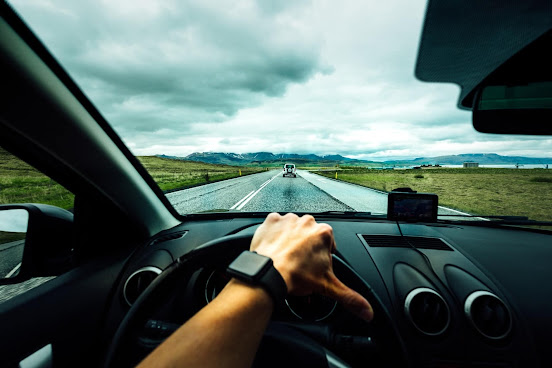Eco-Safe Driving and Motorists
Eco-Safe Driving and Motorists
Eco or Green driving is a driving style that helps reduce pollution to the environment and the air we breathe and improves road safety.The automotive industry is currently responsible for around 25% of environmental damage and emissions worldwide.
Environmentally and eco-safe driving is not that motorists drive at low speed. Driving at less speed can help to decrease the number of fatal road casualties.
Motorists can participate in their contribution to a healthy environment by pressing gas pedal gently with slight changes in pressure. Not stopping unnecessary and not to waste, petrol, and diesel where possible. Also, accelerate and use brakes gently and progressive.
Speeding unnecessary or harsh braking cause pollution to the environment. Individuals can play their role by anticipating and planning well ahead on the road, early risk assessment and defensive driving.
Motorists won't need sudden speeding or hard braking by applying and coordinate these driving skills.
What DVSA Examiner will be Looking
a. Minimization of sudden or quick accelerations. Increase the speed gradually by gently pressing the accelerator when you are safe. Look ahead and anticipate and respond in good time, what's going on.Make sure that every speed isn't lost an instant later because you have to slow down soon.
Also, let road layout help you to slow down by taking your foot off the gas or accelerator early and in a good time. If it's downhill, motorists can find that they can completely reduce the pressure on the gas while maintaining a safe speed.
b. Avoid unnecessary stops. Look ahead and if you slow down, do it gradually with engine braking instead of last-minute braking. Adjust your speed in enough time so you can deal with the meeting situations safely and under full control.
When you are taking the right turn, adjust speed early and read the oncoming traffic so you don't have to stop when you don't need it.
Likewise, you can apply the same skill when pulling out at the T-junctions. Provided you have a good view of the path you want to reach when you approach the intersection.
c. Shift gears as quickly as possible without straining the engine. Avoid unnecessary intermediate gear change in order to speed up upper gears or slow down to lower gears more quickly.
Modern and newest vehicles are designed to deliver enough acceleration and power even if the engine speed is low enough so you don't lose momentum as the speed slows.
Motorists can wait and change down to lower gears late without stalling the engine.
Eco-Safe Driving Faults That Examiner Does Not Count
At this time, the examiners may not assess any of the following below errors. Examiners can penalize learners if they repeat the same mistake over and over.Accelerate the engine while waiting to move.
Pressing gas too much to move at high speed as if you were racing.
Driving too close to the vehicles in front cause sudden and continuous braking.
Wait until the last minute to react to hazards, including crossings, and apply the brakes at the last minute.
Waiting too long to change up to higher gear.
Miss opportunities to join or leave junctions.
Don't miss any good opportunities to use small speed adjustments to maintain progress rather than having to stop.
Check out the last article on learning to drive that you may also like.


